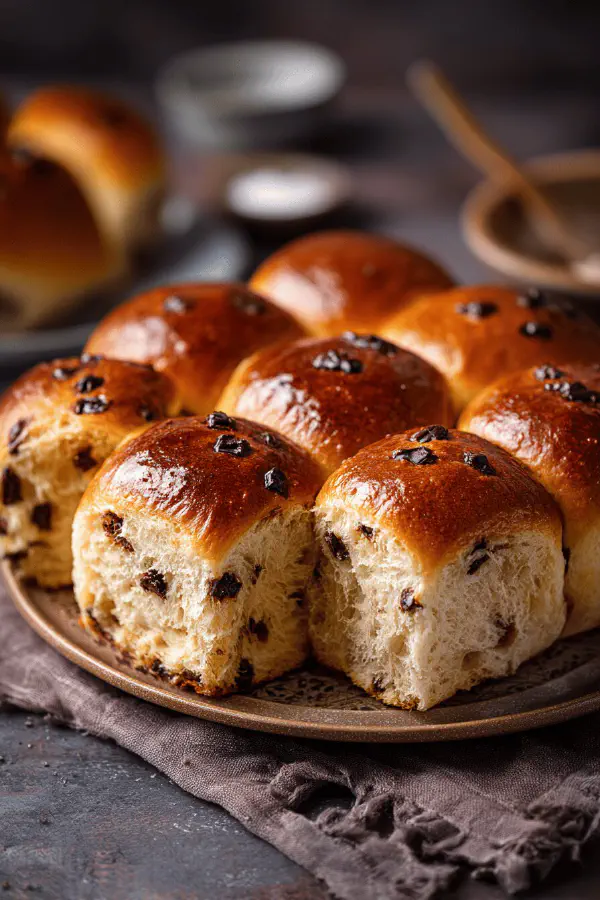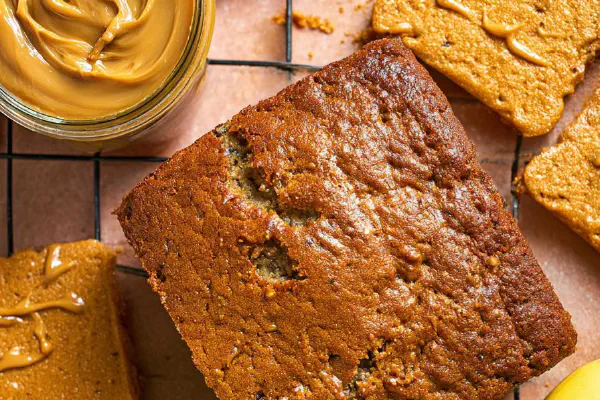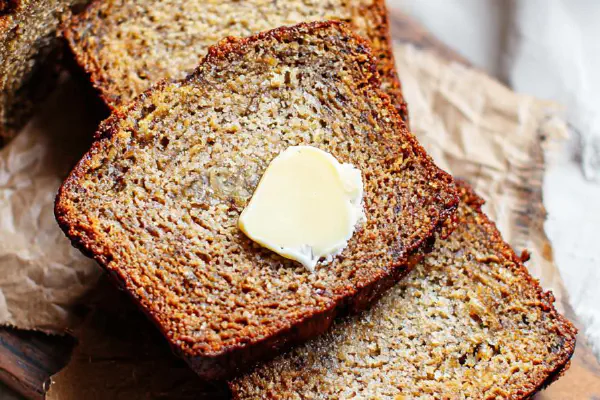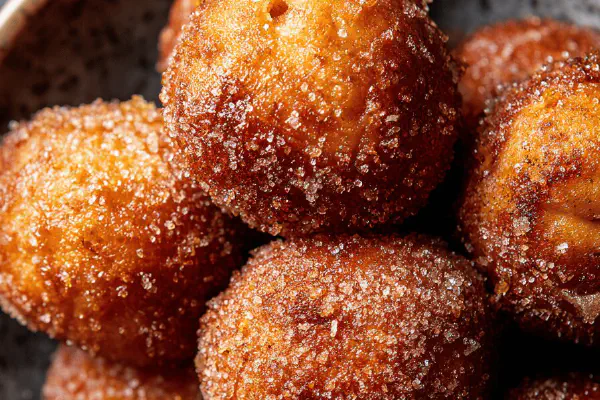Featured Recipe
Chocolate Brioche Buns

By Kate
"
Soft enriched wheat buns studded with chocolate chunks. Yeast-leavened with a buttery crumb, slightly sweet, golden crust from egg wash. Milk helps gluten develop gently, enriched dough yields tender texture. Yeast proofed directly with sugar for activation. Chocolate folded before shaping, adds pockets of melted contrast. Oven heat triggers oven spring, egg wash seals crust color. Visual cues like dough doubling size and shiny brown tops dictate timing. Practical substitutions include plant-based milk and coconut oil for butter. Takes about an hour to rise and bake. Great fresh, freezes well, reheat wrapped in foil to restore softness.
"
Prep:
22 min
Cook:
28 min
Total:
50 min
Serves:
8 buns
baking
bread
brioche
Introduction
Brioche starts with good dough fundamentals. Warm milk wakes yeast without scalding; sugar fuels yeast for steady rise. Flour ratio reduced slightly to improve hydration and pliability. Less butter replaced with coconut oil for dairy-free option; melts differently but still enriches. Salt sprinkled last to keep yeast alive. Kneading builds gluten web—knife-edge of over-working but that bounce back means strength. Chocolate chunks tucked in late to avoid premature melt, keeps pockets intact. Proofing demands patience: doubles are slow but reliable. Egg brush creates shine and richness on crust without burning crisply. Oven rack placement critical, prevents overly brown bottoms or pale sides. Watch dough texture over precise timing; dough voice louder than clock. Freshly baked aroma rich with cocoa and vanilla notes, hints of caramelized crust. Your hands best meter if buns are tender yet strong.
Ingredients
About the ingredients
Adjust milk temp by feel—a little warmth, no more. Use any neutral plant milk if avoiding dairy: almond, soy, or oat for dairy-free. Coconut oil chosen for mild flavor and richness contrasted to butter, avoids dairy allergens. Maple syrup replacement for cane sugar adds tiny complexity, aids ferment. Flour scooping method affects hydration; spoon-fluff then level is best to avoid dense dough. Salt precision balances yeast activity—too much kills; too little flattens flavor. Egg at room temp incorporates fats better, emulsion stabilizes dough. Chocolate chunk size affects melting ratios; irregular chunks better than standard chips. Egg wash made fluid helps avoid thick patches that crack or bubble during baking.
Method
Technique Tips
Avoid dry yeast clumps by dissolving sugar first in milk. Use hands for mixing tactile control over speed and gluten feel. Knead until dough passes windowpane test: stretch thin without tearing; signals gluten developed. Rest dough briefly to relax gluten before folding in chocolate gently; avoid aggressive kneading that melts chunks or overly toughens dough. Shape tightly into smooth balls; seams under to prevent cracking or blowouts in oven. Proof in warm, humid space to prevent skin drying, cover dough with damp cloth or lightly greased plastic wrap. Use poke test not timer: dough springs back slowly yet holds indentation. Egg wash with delicate brush strokes, avoid pooling in crevices. Bake constant temperature with no door peeking. Cooling on rack critical to preserve crust texture; foil wrap reheating restores moisture if stale. Too fast proof = pores large and crumb dry; too slow = dense crumb and blunt rise. Learn to feel dough, smell yeast activity, and see color change for best buns.
Chef's Notes
- 💡 Warm milk, check temp—too hot kills yeast, too cold slows rise. Just warm, feel for warmth on skin. Use plant-based milk—similar effects, keep texture.
- 💡 Kneading important—6 minutes seems long. Dough should bounce back. Windowpane test—stretch thin without break. Gluten helps dough rise evenly, no tearing.
- 💡 Chocolate chunks mix in late. Hands cool to avoid melting. Create pockets of gooey chocolate. Fold in gently, preserve shape. Avoid over-kneading.
- 💡 Proofing crucial—warm spot, cover dough to prevent drying out. Look for dough puffy—touch test springs back slowly. Timing varies with temp.
- 💡 Egg wash adds shine—brush gently. Avoid pooling in crevices; helps crust color. Don’t skip, but don’t drown in egg. Simple, even strokes work best.
Kitchen Wisdom
How can I fix dry dough?
Add small amounts of milk while mixing. Knead more if too dry—get a feel for it. Sometimes fluff slowly helps.
Can I substitute ingredients?
Yes, coconut oil for butter. Maple syrup for sugar works too. Every change affects flavor—experiment, see what works.
What’s the best way to store buns?
Room temp is fine for a day or two. Freeze after that. Wrap well to keep moisture. Stale? Try reheating wrapped.
Why are my buns not rising?
Check yeast freshness, temperature too. Dough too cool or dry can stall. Try warm place, or gentle heat from oven off.



